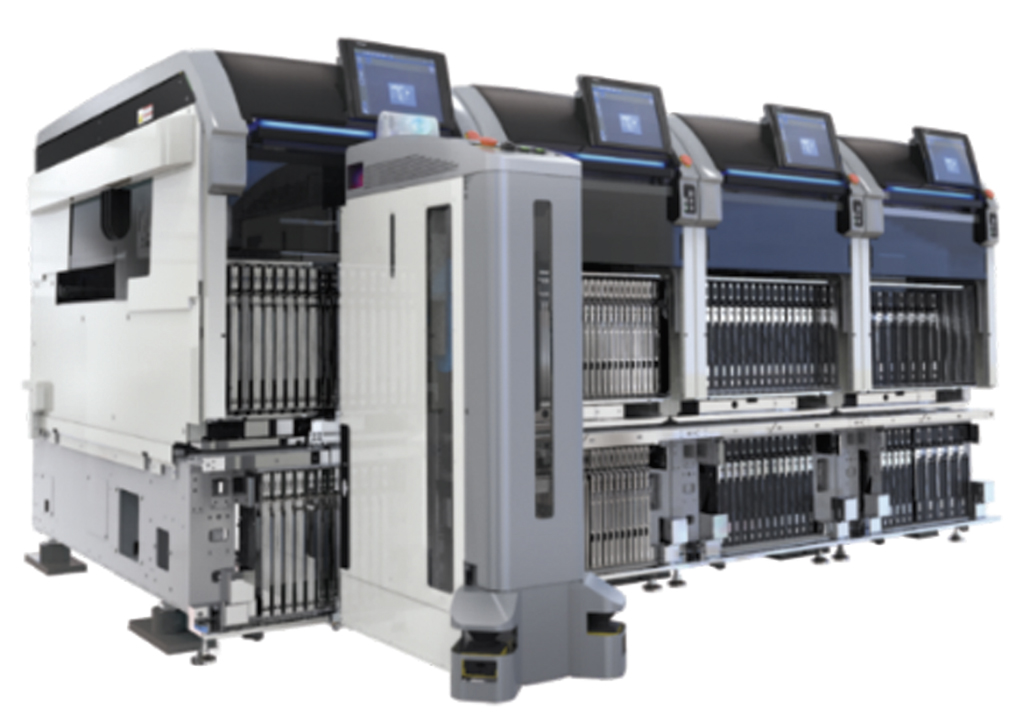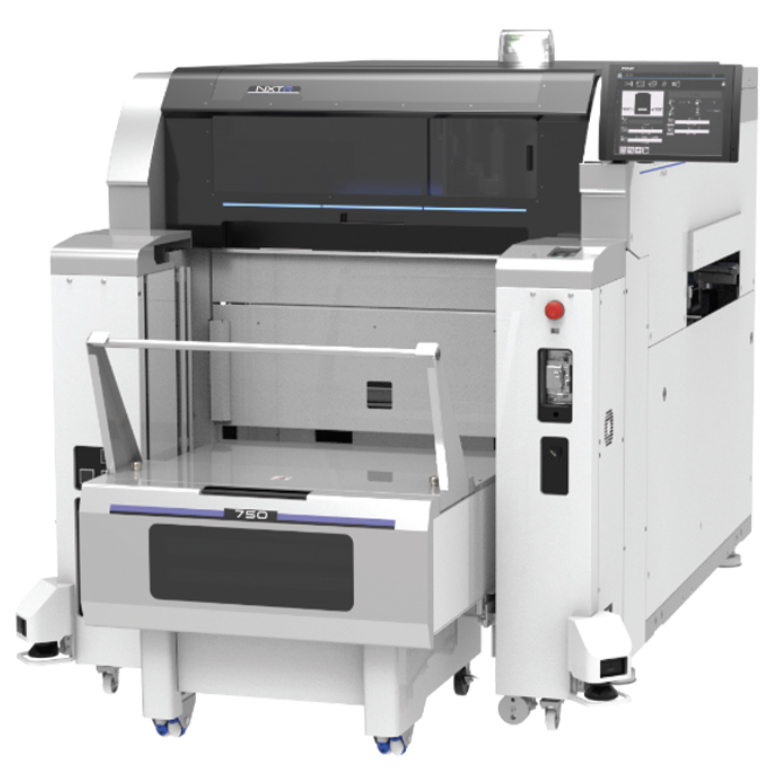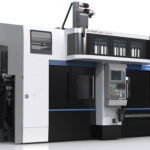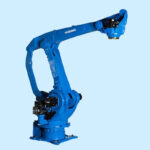ASIA ELECTRONICS INDUSTRYYOUR WINDOW TO SMART MANUFACTURING
FUJI Gives Rise to Smarter Factories with Digital Twin
The spread of the novel coronavirus (COVID-19) worldwide has a large impact on how people live and work. As firms began operating again, they search for ways to operate within COVID-19 restrictions. For manufacturing sites, this means abiding by social distancing rules. This will require sites to operate with as few staff as possible.
Realizing Zero Gaps
Further automation is necessary in order to keep work levels up with a minimum number of people, but as factories proceed with automation, more automation equipment are added to the surface-mount technology (SMT) floor, making scheduling more difficult. By modeling the present lines and automation equipment, personnel skills, and work shifts using a production scheduler, it is possible to allocate tasks to lines and create setups that take production order into account (Photo 1).

Smart Factory “Monozukuri” with NXTR
Issues concerning SMT lines
In today’s SMT placement processes, there is still a need to employ a large number of people in performing changeover and part supply work and changeover. This can cause gaps as different operators have different levels of skill and operate under varying conditions. For example, production may stop if multiple parts run out at the same time because the operator cannot supply parts on time, or there is a delay in next production because looking for and collecting feeders and reels from part shelving in the preparation stage took longer time than expected.
Resolving issues with NXTR
The SMT placement processes that require the most attention from operators are those related to parts, and problems related to these need to be remedied. To help improve these processes, FUJI has developed NXTR equipped with the “Smart Loader”, the first unit for automatically transporting, exchanging, and setting feeders to the machine (Photo 2). This enables automation of part exchange and supply work. By simply setting feeders at buffer stations on NXTR lines, the Smart Loader automatically exchanges the feeders in production according to parts out warnings and changeover schedule.

With regards to parts out rushes, a feeder for resupply can be set in an empty slot ready for use when the feeder in production runs out of parts, at which point, parts will then be picked up from this “alternate supply device”. After that, the empty feeder is returned and the alternate feeder is set in the original slot. This allows for some leeway in the timing at which parts need to be supplied, making it possible to avoid parts out rushes. This prevents stops in production caused by part supply issues, proceeding production as planned.
It is possible to prepare the feeders to be used in next production and store them in the base buffer at the bottom of each module. The feeders are then set to the feeder slots in the module when required by the machine. It is possible to have the feeders for next production present at the machine while performing current production, thus reducing the work involved for changeover. This also leads to a reduction of space being taken up by feeder stands and carts (Photo 3).

Automating Printing Stages with NXTR PM
Calls to automate printing processes are increasing. Automation of printing stages, much like the SMT stages, has been continuing to evolve. NXTR PM (Photo 4) achieves automation as follows:
• Automation of material transport – Automatic loading of transported materials (masks, backup blocks) into the printer;
• Automated changeover – Automatic program changeover; Automatic backup block exchange; Automatic transfer of solder onto the mask for next production and automatic supply of additional solder;
• Automating material supply – Exchange of empty solder cups and cleaning paper without stopping production.

Summary
NXTR, NXTR PM, and automation of material preparation are effective tools to digitalize the actual results from “real” production sites. Linking the integrated production system – Nexim – and scheduler system (virtual) plays an important part in realizing digital twin and bringing smart factory solutions to SMT lines, resulting to the ability to respond to day-to-day production with reduced number of staff.
About This Article:
FUJI Corporation provided the contents of the article.




